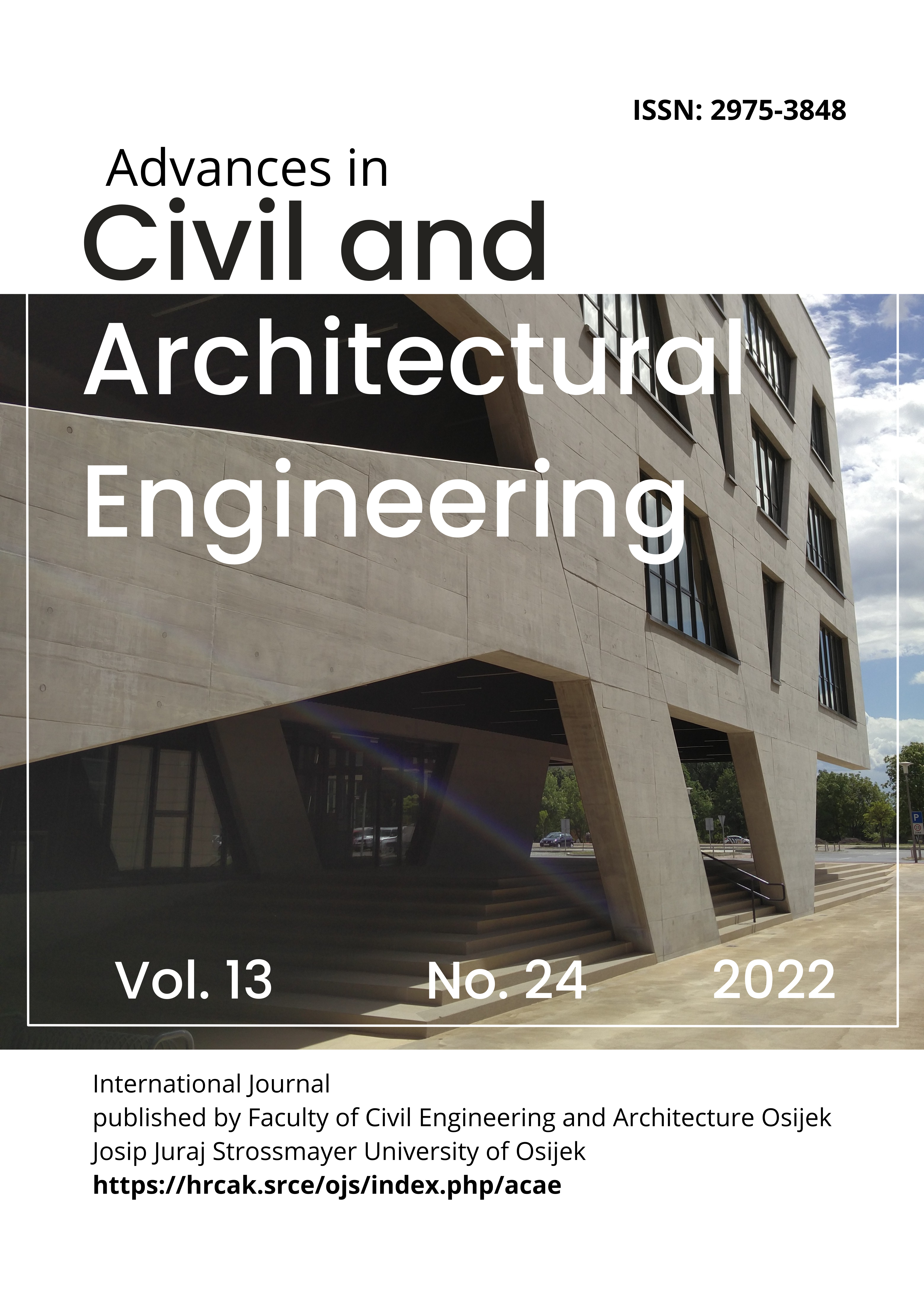COMPARISON OF DIFFERENT ROOF TYPES IN TERMS OF LIGHTING CONDITIONS IN AN INDUSTRIAL HALL
Keywords:
Skylights; industry; daylight simulation; daylight factor; indoor environment.Abstract
The indoor climate of industrial buildings is a function of production technology and requirements for the
creation of an optimal artificial material environment. Currently, we consider daylight not only as a source of
illumination, but also as an aesthetic element of a building or a way of reducing energy consumption. Light in a
closed space allows a person to obtain basic visual information (perception) and perform visual tasks. Top lighting
schemes can provide increasingly more useful illumination from smaller apertures than side lighting when they
capture and diffuse sunlight. Sunlight is roughly 10 times brighter than light from the sky or clouds. A combined
lighting system (top lighting and side lighting) ensures a better light distribution in industrial buildings.
In this study, we present a comparison of daylight factors for different types of skylights. Specifically, a saddle
skylight in the hall and three other types of skylights were created and simulated. In all the cases, the models of
skylights were prepared and simulated using RADIANCE. Additionally, a comparison of simulation results obtained
with RADIANCE was conducted to quantify the lighting climate. Overall, saddle roof was considered as the best
choice for daylight in an industrial hall.


